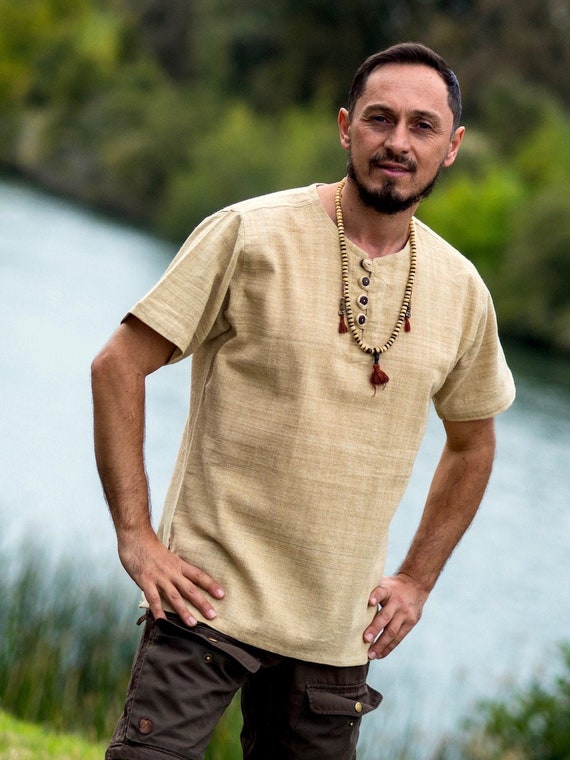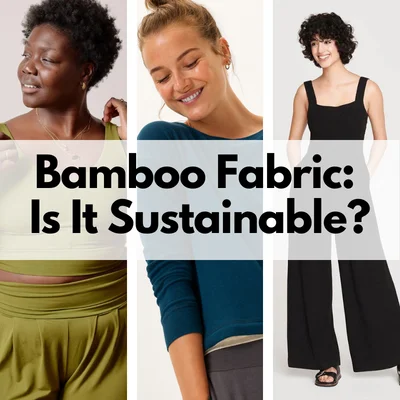Recommended Facts For Selecting Hemp Clothing
Wiki Article
What Are The Advantages Of Low Impact Fibre Hemp Clothing With Regard To The Environment?
Clothing made from low-impact hemp fiber has numerous environmental benefits compared to other materials for clothing. This includes clothing made from synthetic fibers, or conventional cotton. Hemp clothing has numerous advantages for the environment. It grows quickly and requires little water, herbicides or pesticides. Hemp grows well in all kinds of soils and climates. This helps reduce the use of chemical pesticides in agriculture.
Hemp uses less water in general than cotton, which is famous for its excessive consumption. It makes hemp a much more sustainable option for garment production.
Hemp is often grown without synthetic pesticides, herbicides or any other chemical. This reduces the ecological impact of chemical agriculture.
Hemp plantation can enhance soil health by preventing soil erosion and compaction. Hemp leaves the soil more prepared for the future crops.
Biodegradability Hemp fibres are biodegradable, and they degrade as they age. They can reduce the environmental impact of textile waste. Synthetic fibers like polyurethane can require a long time to break down.
Lower Carbon Footprint Hemp fibers are made with a lower carbon footprint than synthetic materials. Hemp also acts as an absorber of carbon dioxide by absorbing it from the air during its growing process.
Hemp clothes can last many years. High-quality garments made from hemp will last for a long time. This means that you will not need to replace them as frequently and will reduce the amount of consumption.
Natural Pest Resistance- Hemp plants have natural resistance to numerous pests, thus reducing the need for chemical insecticides.
Hemp is a versatile material which can be transformed into bags, clothes or accessories.
Regenerative Agriculture- Certain sustainable farming practices include hemp into regenerative agricultural systems that seek to restore and improve ecosystems and produce crops. This approach has positive environmental effects.
It is important to remember that while hemp may offer several environmental advantages The durability of clothing is dependent on factors such as the process of dyeing, transportation, consumer behavior, etc. As in any business, there will be variations in production methods and guidelines. This is why it's crucial to find organic hemp clothing or certified hemp clothing. This will provide the most environmental benefit. Have a look at the top hemp clothes blog for blog tips including hemp apparel fabric, hemp jacket, hemp jacket, jungmaven clothing, hemp tee shirts, patagonia work pants hemp, patagonia hemp shorts, organic hemp fabric, hemp polo shirts, hemp t shirt mens and more.

How Can Hemp Fibers Benefit Carbon Sequestration (Carbon Sequestration), Sustainability, As Well As Crop Rotation (Crop Rotation)?
Carbon Sequestration Hemp fibers offer many environmental benefits, including sustainability, crop rotation and carbon sequestration.
Hemp has a high growth rate. It matures between 70 to 120 days based on the type of hemp and the growing conditions. During its rapid growth phase, hemp plants absorb carbon dioxide (CO2) from the atmosphere through photosynthesis. Carbon uptake is an important contribution to carbon sequestration as well as decreasing CO2 emissions from the air.
Hemp is famous for its prolific production of biomass. The plant's tall stalks as well as dense foliage yield a large quantity of organic matter. If this biomass is added into the soil or used for various applications and uses, it could contribute to the buildup of organic carbon in soil, further securing carbon.
Sustainability:
Hemp needs less synthetic pesticides, herbicides, and herbicides than other crops such as cotton. The natural resistance to disease and pests decreases the need for chemical. Particularly organic hemp farming is a focus on sustainable practices, since it doesn't use chemical pesticides.
Hemp is fairly water efficient and is able to grow with minimal irrigation. This makes it a sustainable crop in areas in which water resources are scarce. This makes it more durable in areas that are deprived of water resources.
Hemp's deep-rooted system is able to improve the health of the soil. Its roots deep can to reduce runoff by stabilizing the soil and improving soil structure. Hemp farming may increase soil microbial activities, improving soil fertility and nutrient cycle.
Hemp can be easily integrated in rotation systems. Crop rotation is the method of alternating between different crops in the same field. This practice can break the cycle of pests and diseases, reduce soil depletion and enhance soil structure. The role of hemp in crop rotation is vital to the long-term sustainability of farming.
The rotation of the crop-
Hemp is a versatile crop which can be utilized in a rotation alongside vegetables, grains and legumes. Diversification is essential for maintaining soil health, reducing the chance of pests or illnesses that are unique to specific crops, and encouraging a balanced nutrient cycle.
Hemp's deep root system can penetrate the soil to aerate and reduce compaction while also increasing the amount of water that is absorbed. After hemp, the improved soil structure benefit subsequent crops.
In summary, hemp fibres increase the storage of carbon, sustainability, and practices for crop rotation due to their rapid growth and biomass production. They also require minimal chemicals, make efficient utilization of water, and can be used in conjunction with crop rotation systems. This makes hemp cultivation an environmentally sustainable and regenerative agriculture practice. Furthermore, the hemp fibers that result are an eco-friendly option for textiles and other applications. Take a look at the recommended see page for blog examples including mens hemp trousers, hemp swimsuit, hemp dress, hemp bathing suit, hemp coat, hemp dress, hemp baja hoodie, hemp dress, hemp mens jeans, hemp long sleeve shirt and more.

What are differences between bamboo and hemp fibers?
The two plant-based fibers hemp and Bamboo are utilized in textile manufacturing, and each has their distinct characteristics and properties. These are the main differences between bamboo and hemp fibers. Plant Source-
Hemp fibers originate from the outer bast fibres in the stalks. Hemp is a plethora of and fast-growing plant, has been grown in a variety of ways over the centuries.
Bamboo fibers are made from the pulp produced by the bamboo plant. Bamboo is a fast-growing grass species renowned for its rapid renewal and long-term sustainability.
2. Fiber Characteristics
Hemp- Hemp fibres are well-known for their strength and durable. They are natural fibers with a lot of strength that become softer and softer after washing, making them perfect for the production of durable textiles.
Bamboo Fibers- Bamboo fibers possess soft, silky texture. Although they aren't as strong as hemp fibres and are more delicate in certain instances however their suppleness on the skin is greatly appreciated.
3. Texture and Feel
Hemp- Hemp has a slightly coarse texture, especially when it is in its natural state. It can be comfortable however it has a different texture to bamboo.
Bamboo fabric is silky-smooth and luxuriously supple. It's often described as a mixture of silk and cotton, making it very comfy to wear.
4. The ability to breathe and the moisture-wicking properties-
Hemp- Hemp is naturally breathable. Hemp also absorbs water. They keep you cool and dry during hot weather.
Bamboo- Bamboo fibers are also extremely breathable and moisture-wicking. They have micro-gaps in them, which increase their capacity to regulate humidity and temperature. This keeps you comfortably in various conditions.
5. Environmental Impact-
Hemp Hemp is a fiber which is considered green due to the fact that it needs minimal water, grows quickly and has a good resistance to insects. It also decreases pesticide and herbicide use. It also helps remove carbon dioxide from atmosphere as it expands.
Bamboo is a well-known choice for sustainable building materials. It grows quickly, needs minimal water, and can be grown with no synthetic herbicides or pesticides. Certain varieties of bamboo are thought to be extremely sustainable, like Moso bamboo.
6. Processing-
Hemp- Hemp fibres need an extensive process to separate the inner bast fibers from the inner woody core. The process can involve retting and decortication, in addition to mechanical separation.
Bamboo fibres- Bamboo fibres are usually obtained by an enzymatic process known as the viscose or rayon procedure. Bamboo pulp is broken down using chemicals. If it is not managed properly this process can be harmful to the ecosystem. However some bamboo fabrics utilize closed loop systems to reduce the amount of waste.
7. Versatility-
Hemp- Hemp fibers are versatile and used in a wide range of applications, including paper, textiles, clothing construction materials, and much more.
Bamboo- Bamboo fibres are used primarily in clothing and textiles however they can be found in other products like bedding and towels.
Both bamboo and hemp have distinct characteristics and provide sustainability benefits. Your choice depends on your personal preferences regarding the environment as well as what you're looking for in terms of particular properties and qualities. Take a look at the recommended her explanation on bamboo clothes for more advice including bamboo leggings, women's freefly apparel, bamboo trousers women, bamboo sports clothing, bamboo newborn clothes, yala pajamas, carter's bamboo pajamas, womens bamboo t shirts, bamboo t shirts womens, bamboo yoga clothing and more.
